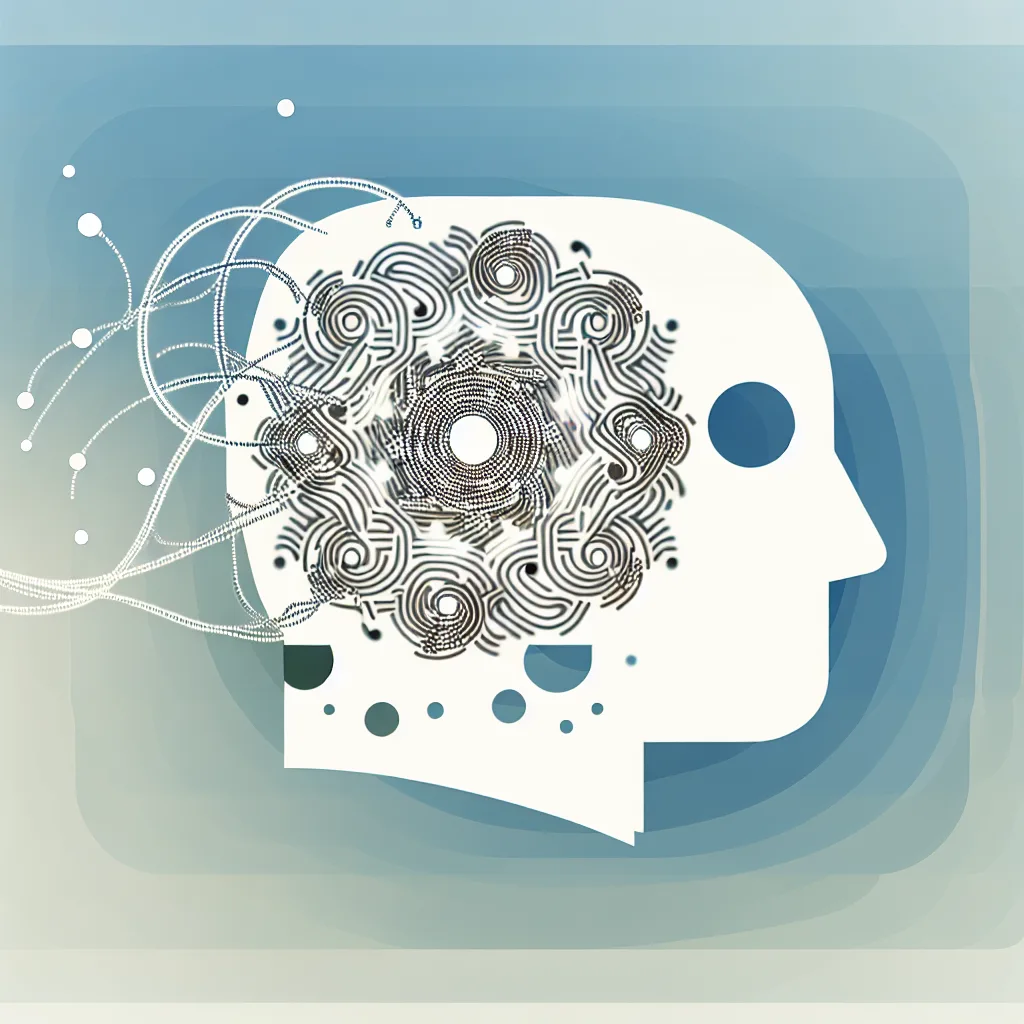Understanding AI’s Limits Beyond the Hype of Conscious Machines
If you’ve been keeping an eye on the latest news about artificial intelligence, you’ve probably noticed a lot of talk about AI and consciousness — some folks even act as if AI systems are genuinely aware or sentient. But here’s the thing: the idea of AI consciousness is more illusion than reality, and believing otherwise might lead us down some tricky paths.
What Is AI Consciousness, Really?
When we talk about “AI consciousness,” it sounds like machines might be capable of having thoughts, feelings, or experiences like humans do. But in truth, AI systems, even the most advanced ones, operate by processing huge amounts of data and spotting patterns. They don’t have subjective experiences or self-awareness.
This distinction is pretty important because mistaking the appearance of understanding for actual consciousness can create unrealistic expectations or fears.
Why The Illusion Happens
AI tools get better every year. They can write, chat, solve problems, and mimic human conversation in ways that seem pretty convincing. This can create a kind of illusion — the machines seem smart and aware because their responses are coherent and contextually relevant. But it’s all based on algorithms, not consciousness.
As some well-known scientists working in AI pointed out in a detailed article from Science magazine, this confusion leads people to overestimate AI’s capabilities and even believe it has some form of superintelligence or feelings. It’s a natural reaction, but it’s important to stay grounded source: Science Journal Article.
The Risks of Believing AI is Conscious
Why does it matter if we confuse AI’s functioning with consciousness? For one, it changes how we treat these technologies and leaves us vulnerable to misunderstanding their real-world impact.
- Ethical Concerns: Assuming AI has feelings might lead us to assign rights or responsibilities that the technology isn’t ready for.
- Accountability: If we think the AI “decides” things consciously, it’s easy to lose track of who’s really responsible for its actions: the developers and users.
- Trust and Safety: Overestimating AI might mean trusting it in situations where it can’t truly understand context or moral nuances, which can be dangerous.
Keeping AI in Perspective
I think it’s worth remembering that AI is a tool — a powerful one, absolutely, but a tool nonetheless. It can help us analyze data, automate tasks, and even assist in creative projects. But it doesn’t have motives, desires, or feelings like we do.
For those curious about the technical and philosophical aspects, the article from Science provides a great deep dive into why AI consciousness is more illusion than fact. It’s a sober reminder against hype and helps us think clearly about what AI really is and isn’t.
What Should We Do?
So, what’s the takeaway? Stay curious but critical. Appreciate what AI can do, but don’t fall into the trap of assuming it has thoughts or intentions. That mindset will keep us safer and more responsible as we develop and use AI technologies.
For more on understanding what AI can and can’t do, check out resources like MIT’s AI research overview, and if you want to see some balanced perspectives on AI ethics and consciousness, the Association for the Advancement of Artificial Intelligence offers plenty of thoughtful material.
In the end, seeing AI clearly — not as a conscious being but as a complex, programmed tool — is the best way to use it wisely and avoid illusions that might cloud our judgment.
